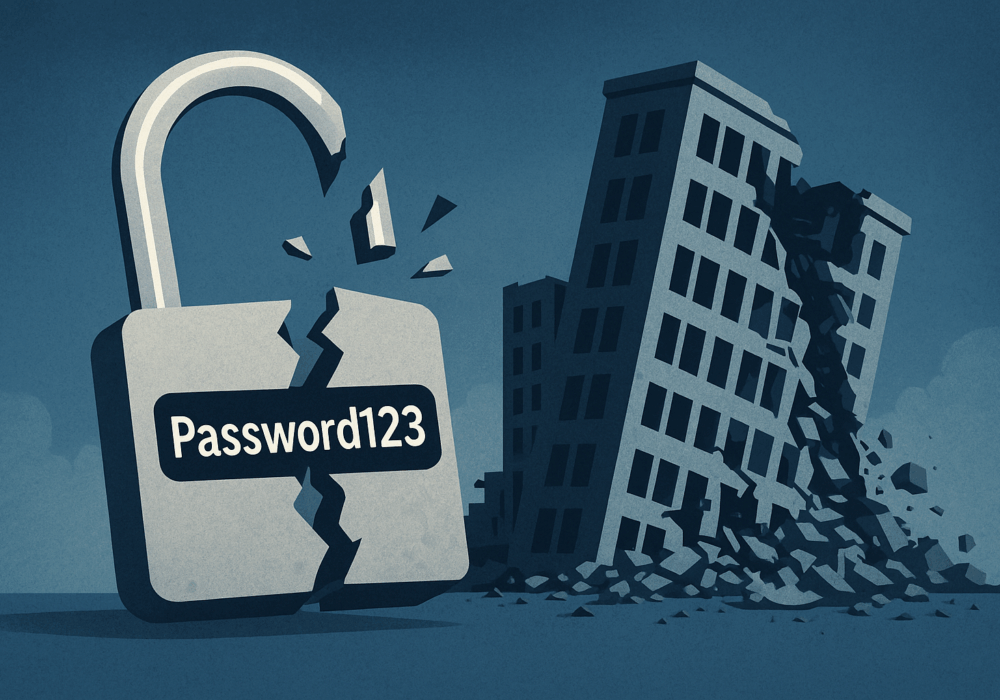The US Securities and Exchange Commission (SEC) has published a “Security Incident” submitted by web services giant, GoDaddy. GoDaddy says that in November 2021, it realized that there were cybercriminals in its network, kicked them out, tried to determine when the hackers got in, and what they managed to do while on the inside.
According to GoDaddy, the hackers had the following :
GoDaddy also stated that default WordPress admin passwords created when each account was opened, were accessed, too. CyberHoot is hoping that few if any, active users had left this password unchanged after setting up their WordPress account.
GoDaddy’s wording states that “sFTP […] passwords were exposed”, which makes it sound as though those passwords had been stored in plaintext form. If the passwords had been salted, hashed, and stretched, GoDaddy would have not had to report the exposure of these passwords. Properly-hashed passwords, once stolen, cannot easily be cracked by attackers. A well-chosen password, properly salted, hashed, and stretched can take years to crack (with current computing equipment) and can only be attempted one password at a time.
Researchers at WordFence, a company focused on WordPress security, say they were able to read out their own sFTP password via the official MWP user interface, something that shouldn’t have been possible if the passwords were stored in a “non-reversible” hashed form.
GoDaddy has now reset all affected passwords and says it’s in the process of replacing all potentially stolen web certificates with new ones. GoDaddy is also in the process of contacting as many of the 1,200,000 affected users as it can, which is a helpful move for their customers, considering it’s only been known for a handful of days.
However, with ten weeks in hand before getting spotted, the criminals in this attack could have used the compromised sFTP passwords and web certificates to pull off further exploits against MWP users. In particular, crooks who know your sFTP password could, in theory, not only download the files that make up your site, stealing your core content, but also upload unauthorized additions to the site.
Those unauthorized website additions could include:
Also, crooks with a copy of your SSL/TLS private key could set up a fake site elsewhere, such as an investment scam or a phishing server, that not only claimed to be your site but also actively “proved” that it was yours by using your very own web certificate.
While there are many things you can do to not fall victim in situations like these, the following actions are smart first steps to take if you think you or your business may have been involved in this breach:
In addition to these protections, CyberHoot also recommends businesses take the following steps to secure their business. These measures provide a great deal of value for the cost and time investment they require (especially when delivered via CyberHoot).
Most of these recommendations are built into CyberHoot. With CyberHoot you can govern, train, assess, and test your employees. Visit CyberHoot.com and sign up for our services today. At the very least continue to learn by enrolling in our monthly Cybersecurity newsletters to stay on top of current cybersecurity updates.
Sources:
Additional Readings:
GoDaddy Breach Exposes SSL Keys of Managed WordPress Hosting Customers
GoDaddy Data Breach Hits 1.2 Million Managed WordPress Customers
Discover and share the latest cybersecurity trends, tips and best practices – alongside new threats to watch out for.

The rapid rise of generative AI has unlocked enormous promise, but it’s also accelerating the arms race in...
Read more
Newly discovered Android banking Remote Access Trojan (RAT), dubbed Klopatra, has compromised more than 3,000...
Read more
In June 2025, KNP Logistics Group, a transport company in the UK with 500 trucks and nearly two centuries of...
Read moreGet sharper eyes on human risks, with the positive approach that beats traditional phish testing.
